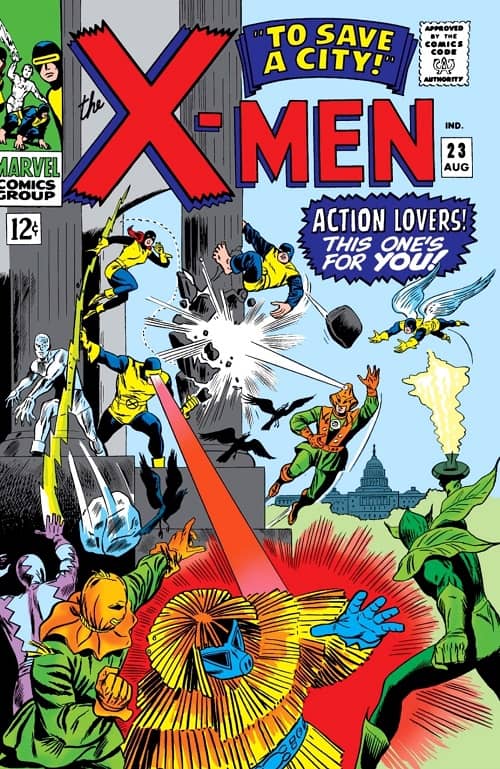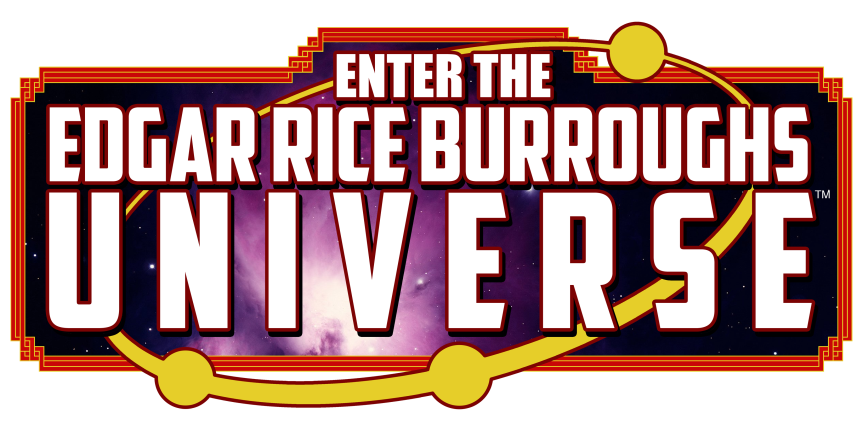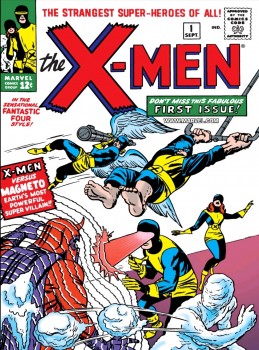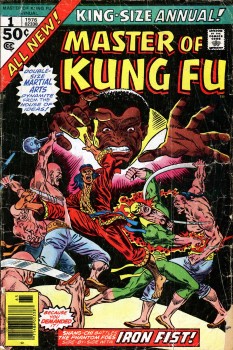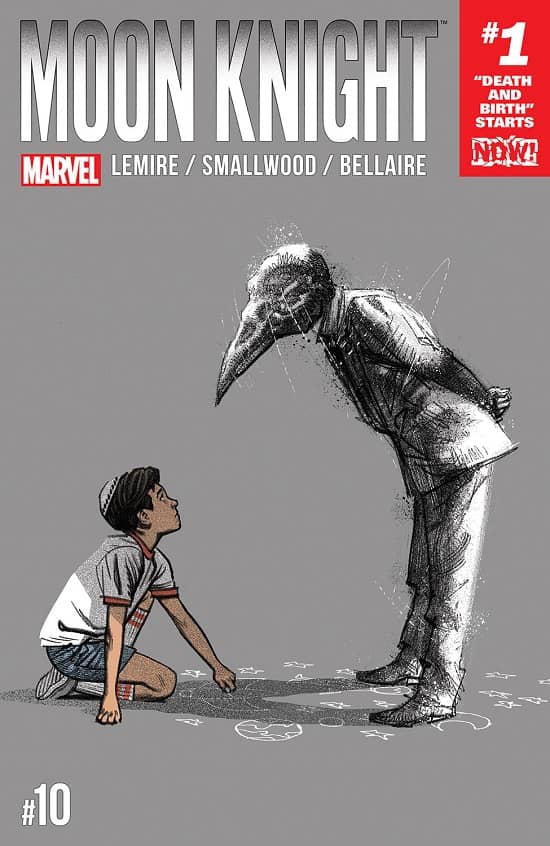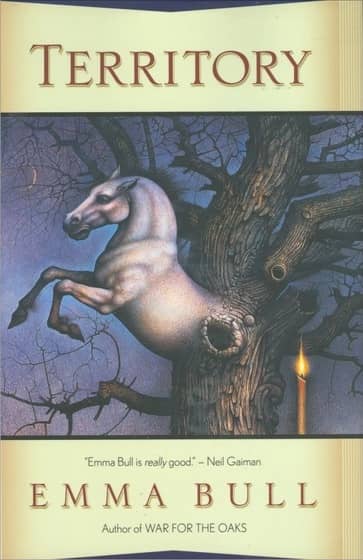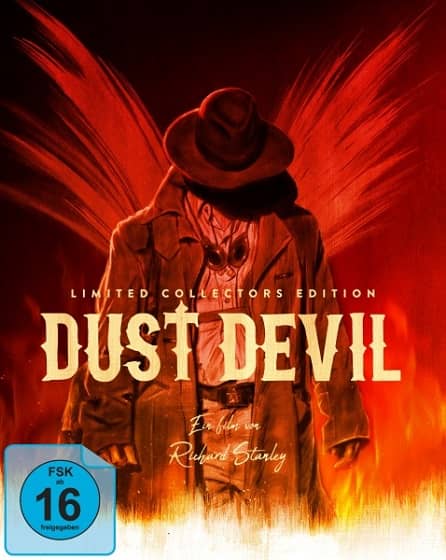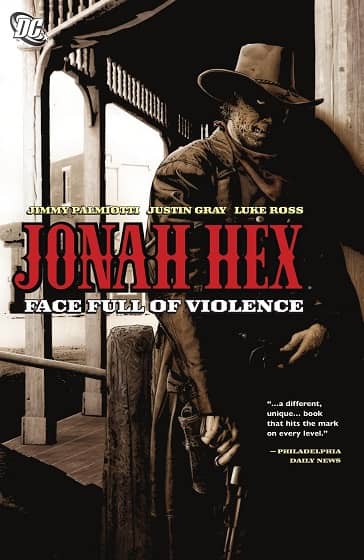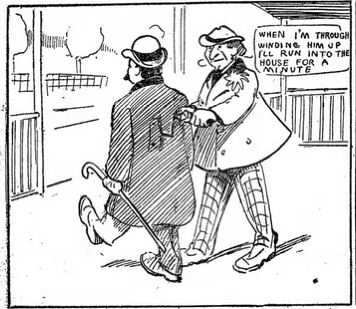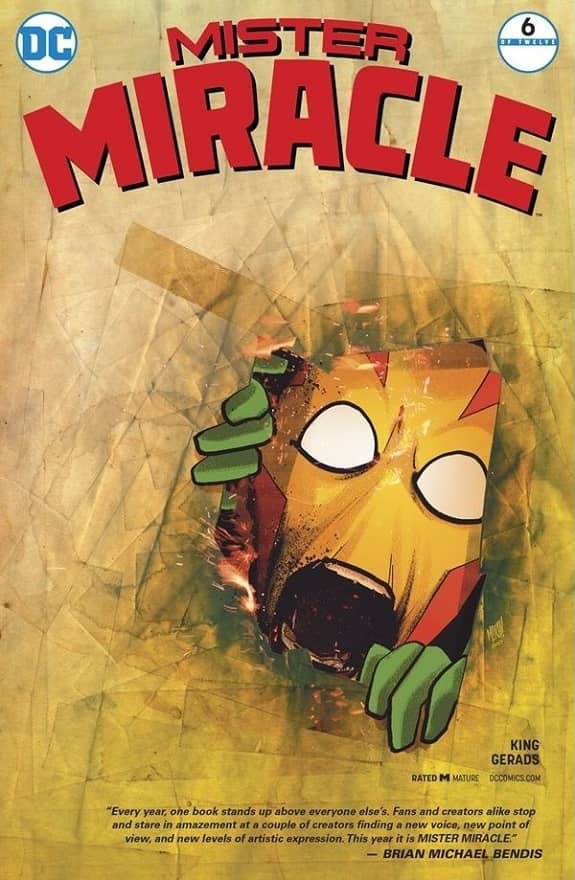Blogging Marvel’s Master of Kung Fu, Part Ten
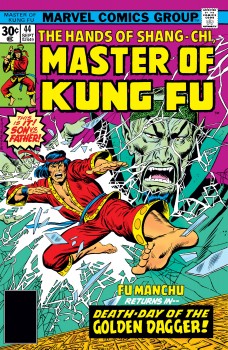 Master of Kung Fu #44 kicks off an eight-part story arc that builds upon the events of the series’ preceding six issues while also serving as the culmination of the ongoing storyline involving Shang-Chi’s father Fu Manchu and sister Fah lo Suee and their decades-long battle for control of the Si-Fan. Marvel approved a six-part story with some reluctance, but the team of writer Doug Moench and artist Paul Gulacy were making the series one of Marvel’s very best of the 1970s and had the clout to push boundaries further so long as sales and critical recognition continued. Of course, the first thing the two men did was plot a prelude and epilogue which extended the story from six chapters to eight. The results are both more and less than what one might reasonably expect, though they certainly succeed in terms of ambition and scope.
Master of Kung Fu #44 kicks off an eight-part story arc that builds upon the events of the series’ preceding six issues while also serving as the culmination of the ongoing storyline involving Shang-Chi’s father Fu Manchu and sister Fah lo Suee and their decades-long battle for control of the Si-Fan. Marvel approved a six-part story with some reluctance, but the team of writer Doug Moench and artist Paul Gulacy were making the series one of Marvel’s very best of the 1970s and had the clout to push boundaries further so long as sales and critical recognition continued. Of course, the first thing the two men did was plot a prelude and epilogue which extended the story from six chapters to eight. The results are both more and less than what one might reasonably expect, though they certainly succeed in terms of ambition and scope.
The principal difference in quality is Gulacy’s art. While never disappointing, he simply fails to match the standard of the previous five issues he illustrated. The challenge of maintaining such a high standard month after month was wearing and would result in Gulacy’s decision to leave the series that had brought him such acclaim. Likewise, Moench remained one of Marvel’s most overworked writers and despite the care he took in structuring the story, it was inevitable that moments appeared rushed and even underwritten. It was never a question of Moench’s skills, simply that he also could not maintain the same high level of quality writing when juggling so many titles each month.
